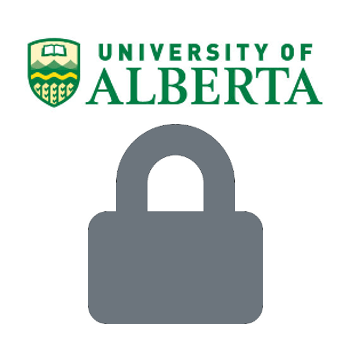This decommissioned ERA site remains active temporarily to support our final migration steps to https://ualberta.scholaris.ca, ERA's new home. All new collections and items, including Spring 2025 theses, are at that site. For assistance, please contact erahelp@ualberta.ca.
AATCC Review
Items in this Collection
-

2017-12-01
“Imagine if your aunt, who suffers from Alzheimer’s, has wandered out the front door and you don’t know when she left or how long she’s been gone,” begins 12-year-old Abbi Paul, a student at Argyll Scotland’s Dunoon Grammar School, in her pitch to a panel of industry leaders in London earlier...
-

2015-12-01
When it comes to textiles that can make a difference in people’s lives, fire retardant (FR) treated fabrics are certainly at the top of the list. That’s because, in many instances, these textiles can actually help prevent fires or protect people’s lives. “FR technologies and products are...
-

2017-12-01
It’s not uncommon to grow out of a dress or a leather jacket over the years—but what about just plain growing those garments? Over the last few years, several companies have emerged that aim to upend the textile industry by growing leather and other fabrics from yeast cells, fungi, and fermented...
-

2016-02-01
In January 2015, the World Economic Forum announced that the water crisis is the number one global risk, according to its impact to society. It is said that future wars will be fought over this precious and diminishing resource. Accordingly, any effort to conserve water or to prevent its...
-

2015-10-01
When considering the different types of natural raw materials used to make fibers for textiles, sources like the cotton plant, flax plant, silk worm, merino sheep, and even wood pulp typically come to mind. However, nowadays new fibers are emerging from unexpected raw materials as researchers and...
-

2016-02-01
Transparency is defined as the ability to have free and easy access to critical information. Traceability, which goes hand in hand with transparency, is the ability to track something as it moves along the supply chain. Brands need more transparent supply chains for several reasons. Transparency...
-

2016-08-01
Next weekend, when you are at the grocery store or out running errands, take a good look at the people around you—in particular, the ladies. Chances are that instead of seeing weekend jeans and tee shirts, you will see an increasing number of women wearing compressive yoga pants and capris with...
-

2017-04-01
Textile products that repel water and stains while retaining breathability have traditionally been made possible through one widely-used type of chemistry, perfluorinated chemicals or, PFCs. These chemicals have also been used in many fire retardants, as well as—most famously—in the “non-stick”...